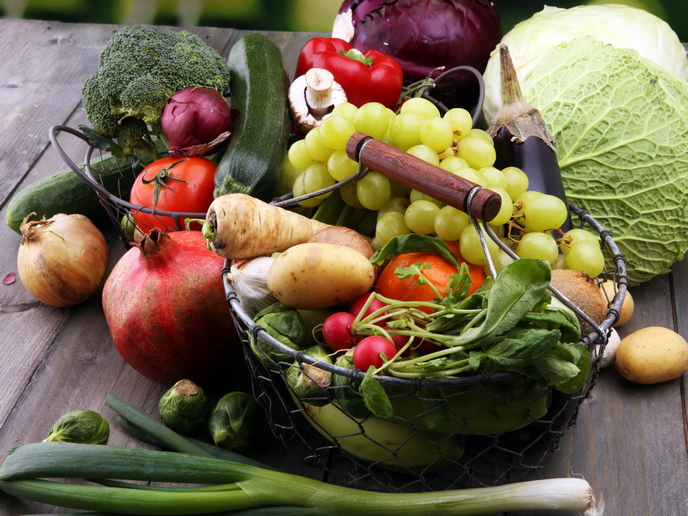Feeding bioactive forage legumes to farm animals
Global climate change and population growth pose a major threat to European food security. One way to address this is to make the feed production and utilisation by ruminant animals a more efficient process. Legumes hold promise in this regard as they are high in protein, require little nitrogen fertiliser and are more drought tolerant than grasses. The EU-funded LEGUMEPLUS(opens in new window) (Optimising plant polyphenols in LEGUMES for ruminant nutrition plus health plus environmental sustainability) project investigated the potential of legume crops such as red clover, sainfoin and birdsfoot trefoil as alternatives to imported soya bean feeds for better protein use efficiency and ruminant health. LEGUMEPLUS used fields containing sainfoin, birdsfoot trefoil and red clover for agronomic evaluations, molecular marker developments, laboratory studies and animal feeding trials. Project partners found that sainfoin has bioactive tannins that exert useful anti-parasitic effects. They also discovered sainfoin markers, which will enable development of improved varieties in the future. All these can now be used to breed new European sainfoin varieties with better nutritional and anti-parasitic properties. The LEGUMEPLUS team also established that sainfoin is useful for reducing greenhouse gas emissions and for improving the quality of meat and milk products from ruminants. It developed new analytical tools for plant breeders to rapidly screen tannins in sainfoin improvement programmes. Researchers delivered a Growers’ Guide for European farmers on how to grow and use sainfoin as fodder for their livestock. They provided stakeholders with information on the nutritional and environmental benefits that can be obtained from feeding sainfoin, birdsfoot trefoil or red clover. LEGUMEPLUS provided European animal farmers with advice on improved feeding strategies for ruminants. Given these benefits, more and more farmers in Europe are beginning to experiment with sainfoin – an almost forgotten plant now. A project video featuring the final dissemination event and project findings is available at: online(opens in new window).







